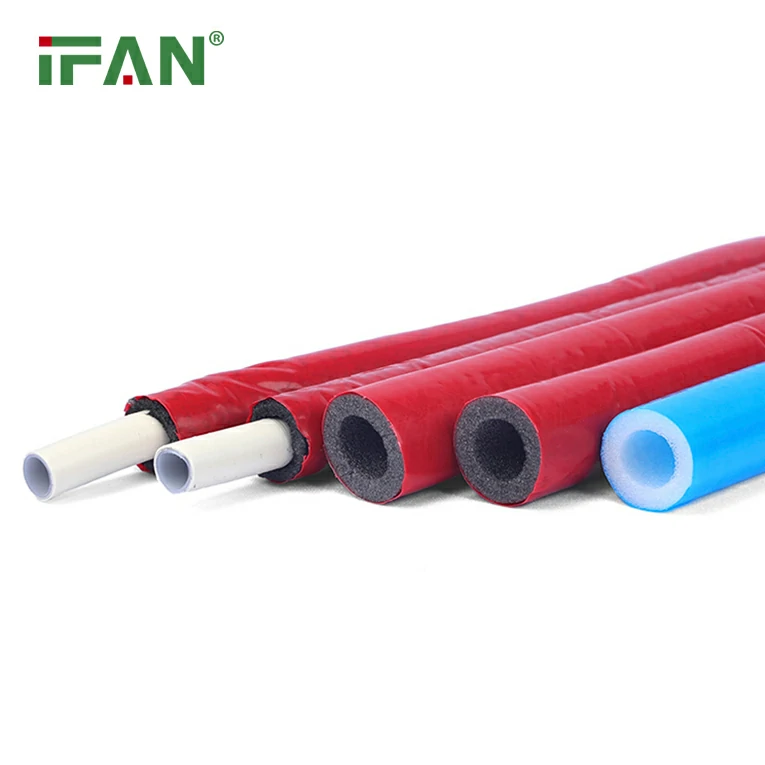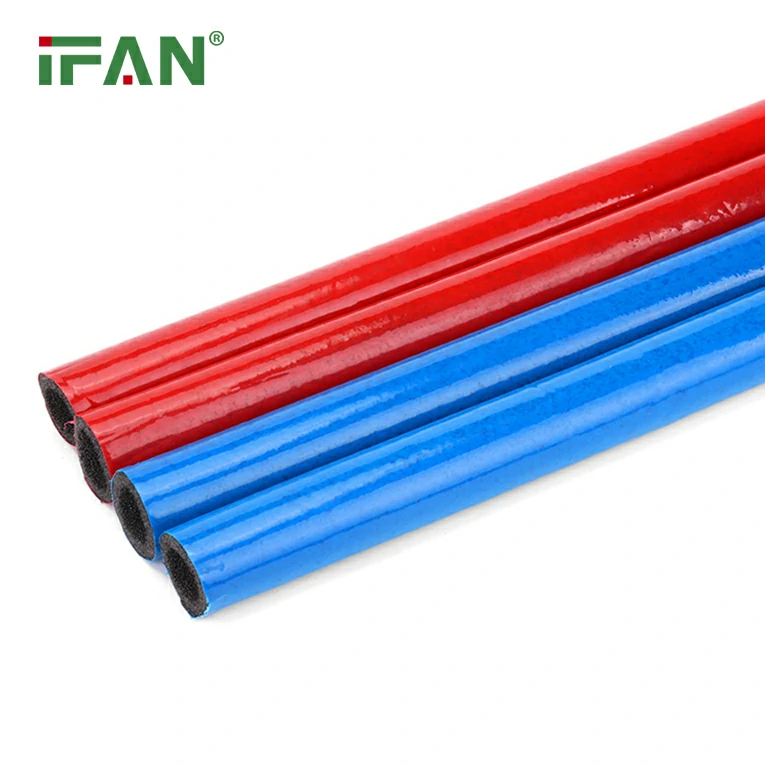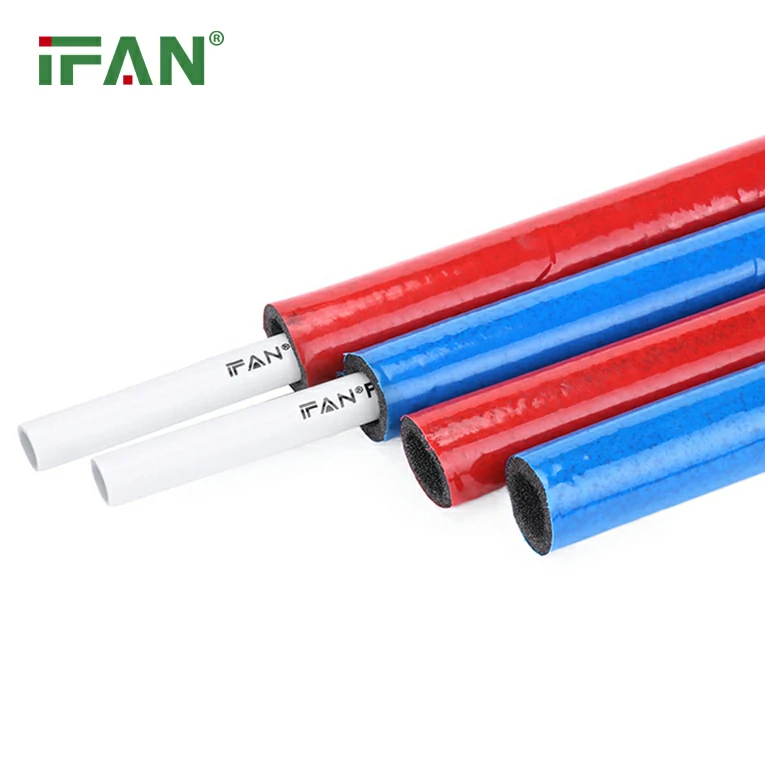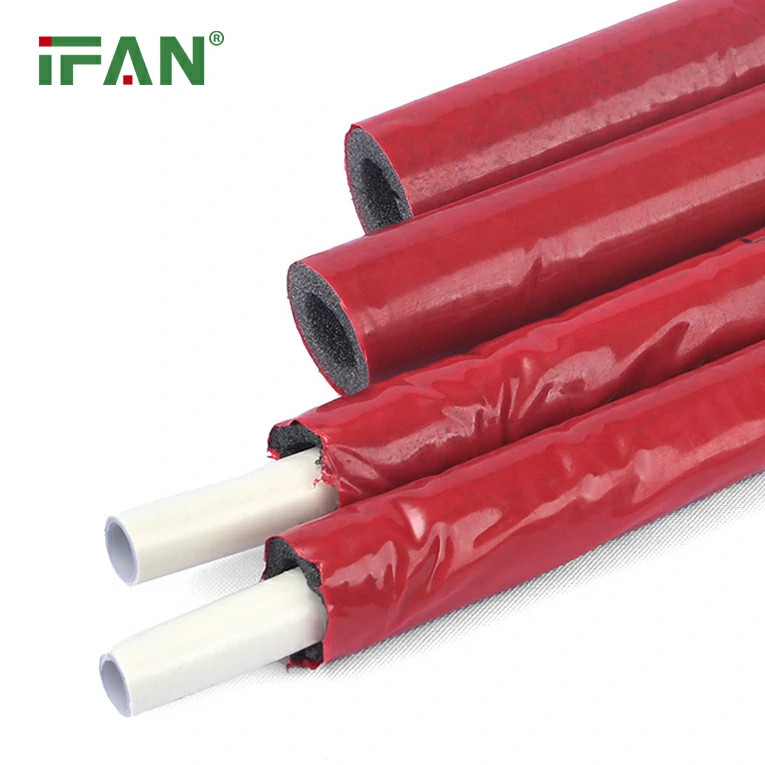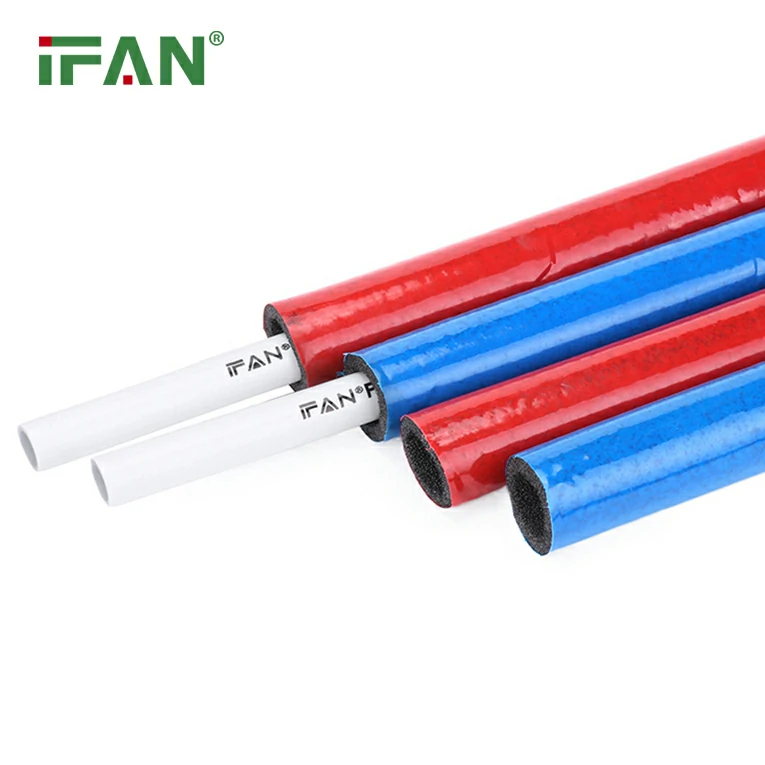PEX (cross-linked polyethylene) pipes have become a standard material in modern plumbing systems due to their flexibility, durability, and ease of installation. With various types of PEX pipes available on the market, it’s important for homeowners, contractors, and engineers to understand the differences between them and how each type performs in different situations. In this article, we will provide a detailed description of the different types of PEX pipes tested, their key features, benefits, and the best applications for each type.
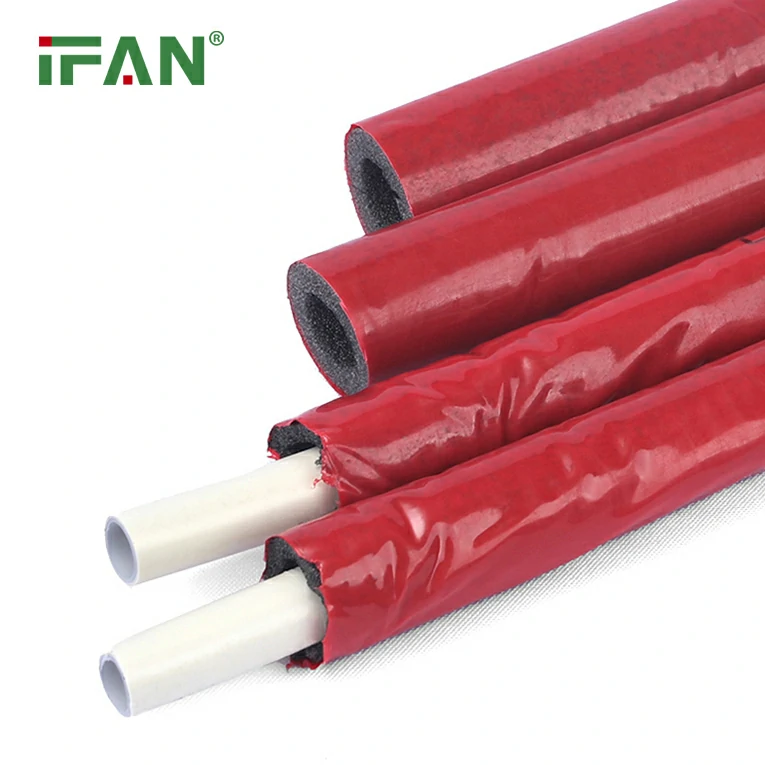
Introduction to PEX Pipes
PEX pipes are a versatile plumbing material that has revolutionized the plumbing industry. Known for their resistance to corrosion, ease of handling, and ability to bend around obstacles, PEX pipes are commonly used in both residential and commercial plumbing systems. They are used for water supply lines, radiant heating systems, and even snow melting applications.
However, not all PEX pipes are created equally. There are three main types of PEX pipes: PEX-A, PEX-B, and PEX-C. Each type is manufactured using different processes and has unique properties that make it suitable for specific applications. Understanding these differences can help you choose the right type of PEX pipe for your project.
Types of PEX Pipes
1. PEX-A (Advanced)
PEX-A is considered the highest quality and most flexible type of PEX pipe. It is manufactured using the Engel method, which involves a cross-linking process where the polyethylene molecules are linked together through a chemical reaction. This process gives PEX-A its superior flexibility, making it easy to install and bend without the need for additional fittings.
Key Features:
- Flexibility: PEX-A pipes are extremely flexible and can be bent easily around corners and obstacles. This reduces the need for fittings and makes the installation process quicker and easier.
- Resistance to Freezing: Due to the molecular structure, PEX-A has excellent resistance to freezing. If a PEX-A pipe does freeze, it is less likely to crack or burst compared to other types of PEX.
- Durability: PEX-A pipes are highly resistant to chlorine, scale, and corrosion. This makes them a long-lasting option for plumbing systems.
- Expansion Fittings: PEX-A uses expansion fittings, which are more durable and reliable for creating secure connections.
Applications:
- Ideal for residential and commercial plumbing systems.
- Suitable for radiant floor heating, snow melting systems, and potable water supply lines.
2. PEX-B (Batch)
PEX-B is made using the Silane method, a process that cross-links the polyethylene molecules using a water-based solution. While PEX-B is less flexible than PEX-A, it is still a popular choice for plumbing applications. It is known for its resistance to high temperatures and pressures.
Key Features:
- Cost-Effective: PEX-B is generally more affordable than PEX-A due to the manufacturing process, making it a budget-friendly option for large projects.
- Strength: PEX-B offers high tensile strength and is well-suited for high-pressure environments. It performs well under temperature extremes and is resistant to thermal expansion.
- Rigidity: PEX-B is less flexible compared to PEX-A, which means it may require more fittings and support during installation.
- Crack Resistance: PEX-B is less prone to cracking under freezing conditions than PEX-C, but it is still more rigid compared to PEX-A.
Applications:
- Commonly used for residential water supply lines, hot and cold water distribution systems, and heating applications.
- Often used in larger commercial systems where the budget is a concern but durability is still essential.
3. PEX-C (Cold)
PEX-C is manufactured using the irradiation process, which involves cross-linking the polyethylene molecules through exposure to electron beams. This method results in a pipe that is somewhat less flexible than PEX-A but offers excellent resistance to environmental factors such as chlorine and UV light. PEX-C is often regarded as the most rigid of the three types of PEX pipes.
Key Features:
- Rigid: PEX-C is the least flexible of the three types of PEX, making it more challenging to work with. It typically requires more fittings and supports during installation.
- Lower Cost: PEX-C is the most affordable option of the three types due to its manufacturing process, which makes it a popular choice for cost-sensitive projects.
- UV Resistance: Unlike PEX-A and PEX-B, PEX-C is more resistant to ultraviolet (UV) light, which makes it suitable for applications exposed to sunlight or harsh weather conditions.
- Good Chemical Resistance: PEX-C has excellent resistance to chlorine and other chemicals, making it a durable option for water distribution.
Applications:
- PEX-C is commonly used in large-scale commercial and industrial projects.
- Suitable for projects where flexibility is not as critical but cost-effectiveness and UV resistance are important.
How Each Type of PEX Pipe Performs in Testing
When it comes to testing PEX pipes for durability, flexibility, resistance to temperature extremes, and performance under pressure, each type performs differently. Below is a comparison of how PEX-A, PEX-B, and PEX-C performed in various tests.
1. Freeze Resistance
Testing has shown that PEX-A performs the best in freeze resistance. The flexibility of PEX-A allows it to expand when water freezes inside, reducing the likelihood of the pipe cracking or bursting. PEX-B also has decent freeze resistance, though it is less flexible than PEX-A, meaning it is more prone to cracking in extreme cold. PEX-C, with its rigidity, is the least resistant to freezing and is more likely to crack when exposed to freezing conditions.
2. Pressure Test
In pressure testing, PEX-B has shown superior strength and ability to withstand high-pressure environments. It performs well under both low and high-temperature conditions and is ideal for systems with high-pressure demands. PEX-A and PEX-C perform similarly under pressure, though PEX-A’s flexibility gives it an edge in installation and performance under variable pressure conditions.
3. Temperature Resistance
PEX-A outperforms PEX-B and PEX-C when it comes to temperature resistance. It can withstand both high and low temperatures with minimal risk of damage or performance degradation. PEX-B is also resistant to high temperatures, making it suitable for hot water systems, though it has slightly less flexibility at higher temperatures than PEX-A. PEX-C is less suitable for hot water systems due to its rigidity and potential degradation at higher temperatures.
4. Chemical Resistance
All types of PEX pipes are resistant to the common chemicals found in household water systems, such as chlorine and scale. However, PEX-A has the edge in chemical resistance due to its molecular structure and the quality of the material. PEX-B and PEX-C also offer good chemical resistance, but the difference in quality may affect long-term performance.
Conclusion
Choosing the right type of PEX pipe for your project is crucial for ensuring the long-term reliability and safety of your plumbing system. PEX-A is the best option for flexibility, freeze resistance, and durability, making it ideal for both residential and commercial applications. PEX-B is a cost-effective alternative that performs well in high-pressure and high-temperature environments, while PEX-C, though affordable, is best suited for large-scale commercial projects where flexibility is less of a concern. By understanding the differences between these three types of PEX pipes, you can make an informed decision and avoid costly mistakes.
FAQs
1. Which type of PEX pipe is the most flexible? PEX-A is the most flexible type of PEX pipe, making it ideal for applications that require bending around corners or obstacles without additional fittings.
2. Can I use PEX-B for a hot water system? Yes, PEX-B is suitable for hot water systems, though PEX-A offers better flexibility and resistance to temperature fluctuations.
3. Is PEX-C suitable for residential plumbing? PEX-C is generally more rigid and is best used in commercial and industrial applications. It can be used for residential plumbing but may require more fittings and supports during installation.
4. What is the best type of PEX for freeze resistance? PEX-A offers the best freeze resistance due to its flexibility, which allows it to expand when the water inside freezes.
5. How do I know which type of PEX pipe to choose? Consider factors such as the project’s budget, temperature and pressure requirements, and the need for flexibility. PEX-A is best for general plumbing and radiant heating, PEX-B is ideal for high-pressure systems, and PEX-C is suitable for cost-effective commercial applications.

